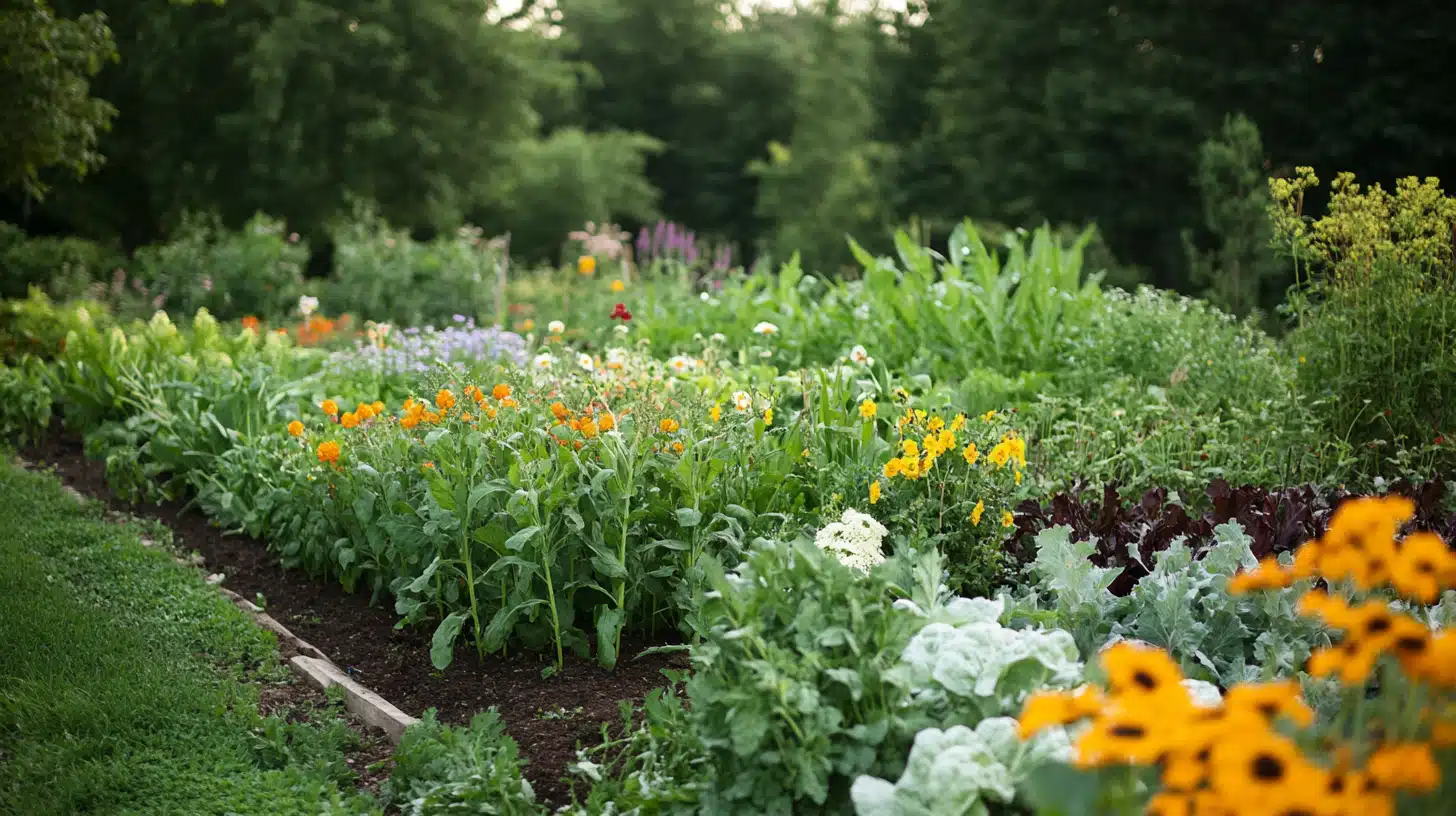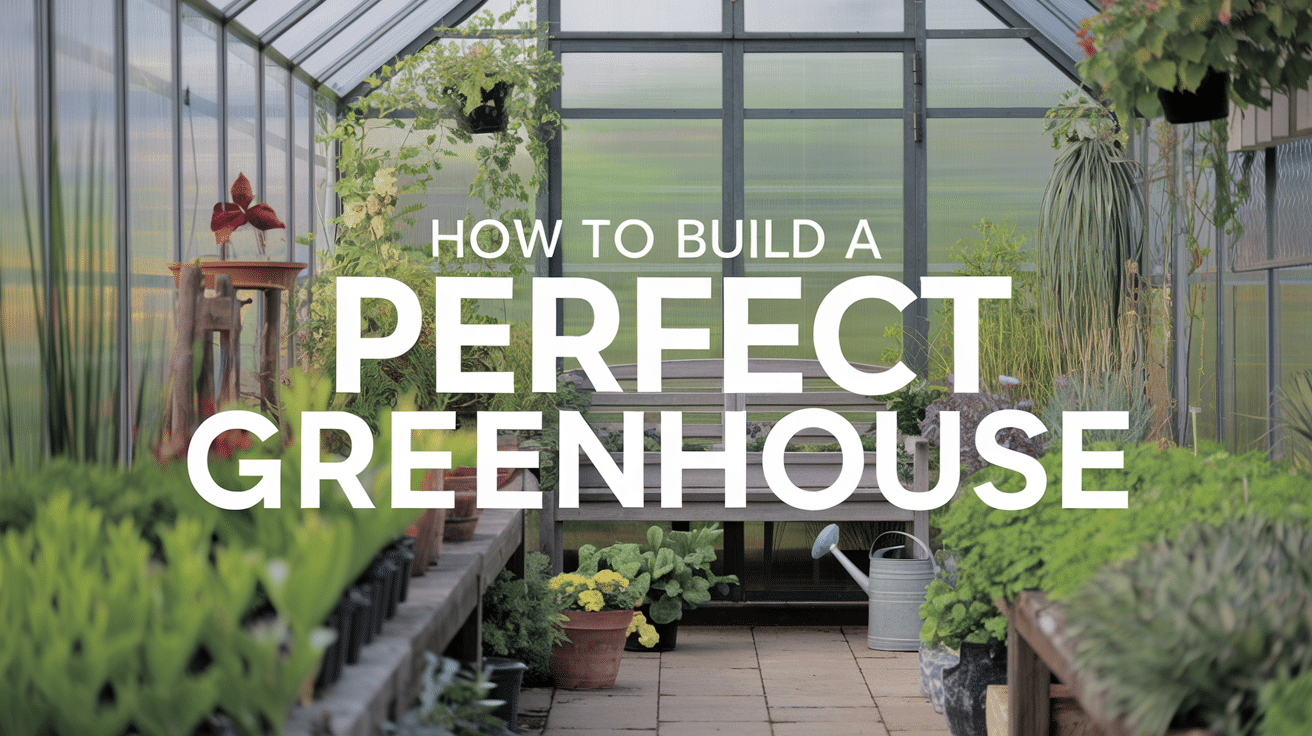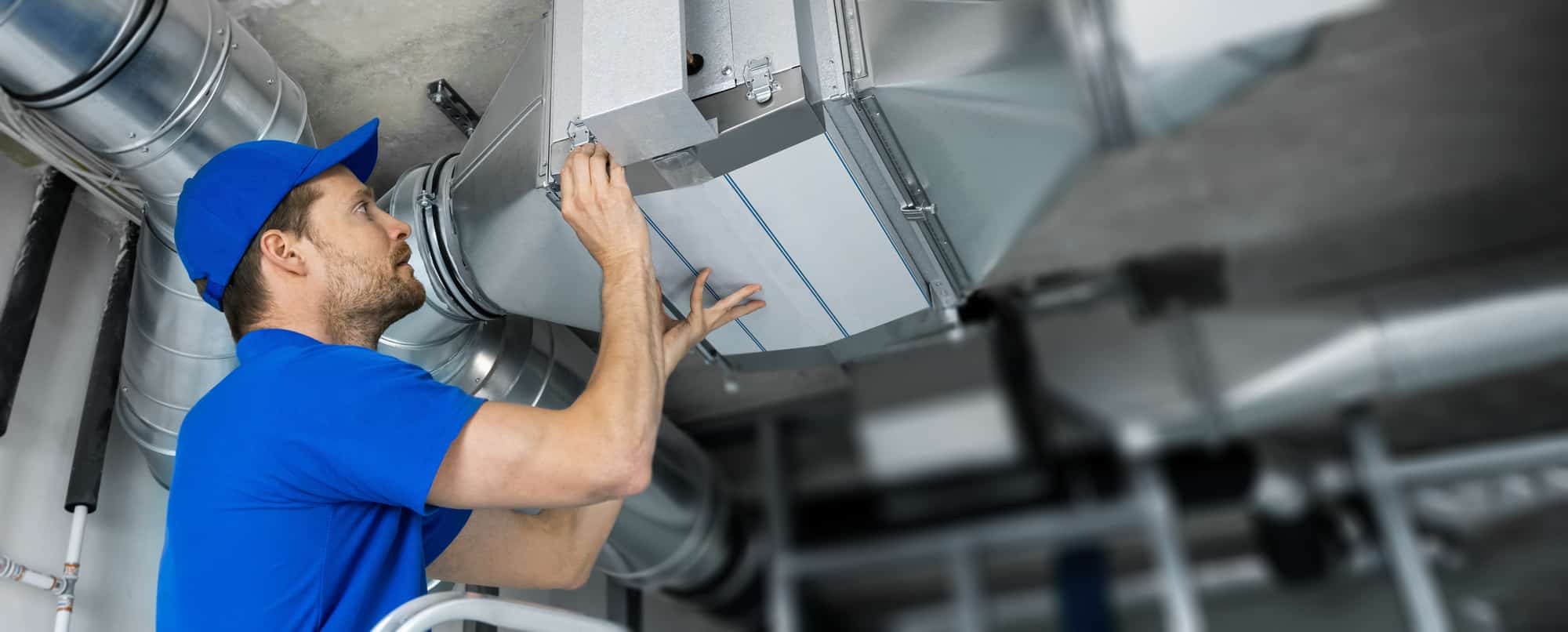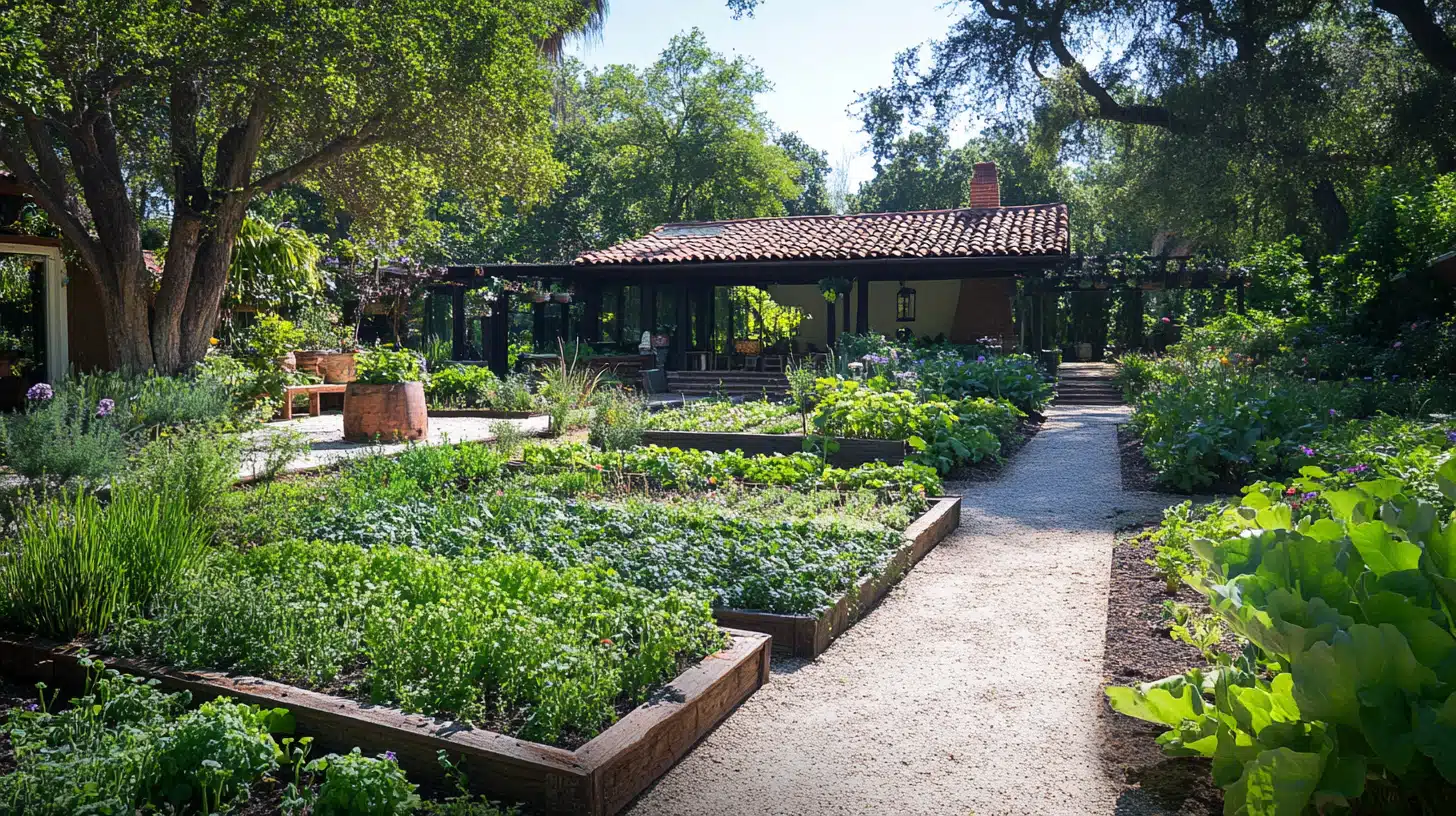Year-Round Gardening: What to Plant Each Season
Gardening is a rewarding hobby that allows us to connect with nature, enjoy fresh produce, and create beautiful outdoor spaces. Much like the ever-changing seasons, our gardens require different approaches and plants throughout the year.
Just as some enthusiasts find year-round enjoyment in activities like exploring no wagering casinos, gardeners can find fulfilment in tending to their plots regardless of the season. By understanding what to plant and when, you can maintain a thriving garden that provides beauty, sustenance, and joy every month of the year.
To grow all year, you need to plan ahead and be able to adjust to the different conditions that each season brings. It doesn’t matter what time of year it is—winter frost, spring bloom, summer heat, or fall harvest—there’s always something to do in the yard. Let’s talk about how to get the most out of each season and keep your green thumb busy all year long.
Spring: Awakening the Garden

Spring is the busiest time for gardening because the days are longer and the ground starts to warm up. This is the time of year when a lot of farmers get excited, kind of like how people get excited when they go to a no-bet casino. It looks like there are a lot of options, and the chance for growth is high.
Focus on getting your flower beds ready in early spring. Get rid of any winter waste, turn the soil, and add compost to make it better. It’s time to plant cool-season crops now that frost is no longer a worry. The mild spring weather is great for leafy veggies like spinach, lettuce, and kale. Peas are also great for planting early in the spring because they like it cooler and can handle light frosts.
Warm-season veggie seeds can be planted or seedlings can be moved outside as spring goes on. Start tomato, pepper, and eggplant seeds indoors. Once the soil is warm enough, move the plants outside. When the soil temperature stays above 60°F (15°C), plant seeds of beans, squash, and cucumbers directly in the ground.
Flowers and herbs should not be forgotten. It’s best to plant annual herbs like oregano, thyme, and sage in the spring. You can plant annual flowers like sunflowers, marigolds, and zinnias right in the garden to add colour and bring pollinators all through the growing season.
Summer: Nurturing Growth and Abundance
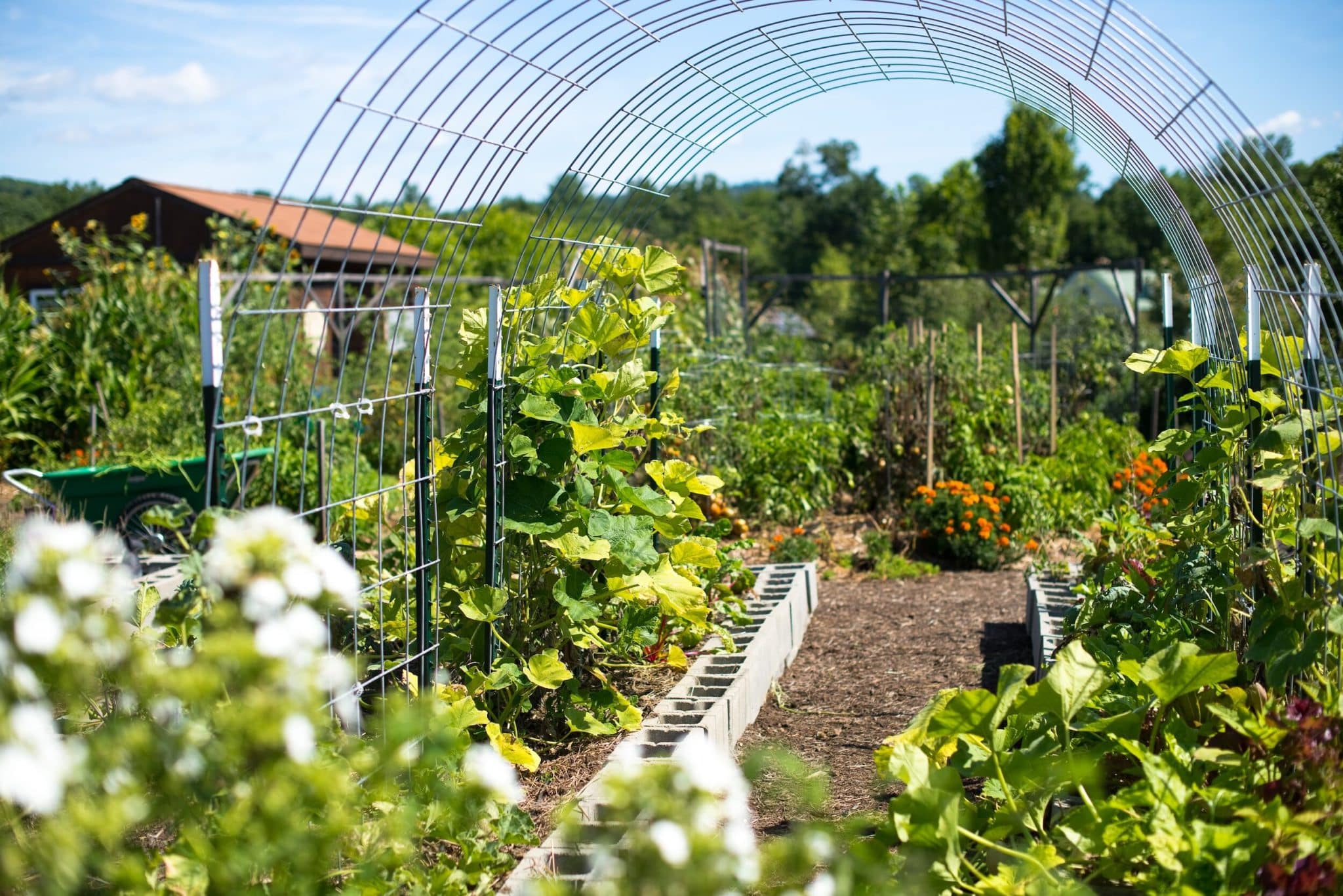
When summer comes, the garden grows quickly and has lots of food. Many plants can grow well because the days are long and the weather is warm. On the other hand, this season also brings problems, like more pests and the need to water regularly.
Keep planting things that do well in hot weather in the vegetable garden, like melons, okra, and sweet potatoes. These plants do very well in hot summer weather and will grow a lot if you take good care of them. Keep an eye on the tomatoes, peppers, and squash you planted earlier; they’ll soon be producing at their best.
You can also think about succession growing in the summer. When spring crops are done producing, they should be replaced with new plants to make sure the harvest keeps coming. You can plant more cucumbers, more beans, or brassicas like broccoli and cabbage for a fall crop, among other things.
In the flower field, remove the spent flowers to encourage new ones to grow. Always and deeply water your plants, especially when it’s dry outside. Weeds tend to grow quickly in the summer, but mulching around plants can help them stay moist and keep them from spreading. Regular maintenance, including pruning and Tree Lopping, helps keep trees healthy and allows for more controlled growth.
Fall: Harvesting and Preparing for Winter
Things change in the fall yard as the days get shorter and the weather gets cooler. Now is the time for lots of harvests and getting ready for winter. A lot of summer crops will keep producing well into fall if they are kept safe from early frosts.
You can plant a second crop of cool-season veggies in the fall. If you plant leafy greens, root veggies like beets and carrots, and brassicas in late summer, you can harvest them all in the fall. When these plants grow in cooler weather, they often taste better.
Start cleaning up the garden beds as you pick the last of the summer crops. Get rid of any plants that are sick and burn the ones that are healthy. You can also plant garlic and flowers that bloom in the spring, like tulips and daffodils, in the fall.
This season, don’t forget about your land. Adding things like compost or well-rotted soil is best done in the fall. These will break down over the winter, making the soil better for spring. To protect and feed the soil, put cover crops like winter rye or clover in empty beds.
Winter: Planning and Indoor Gardening
Gardeners still have a lot to do in the winter, even though it may seem like a slow time. This is the time of year to think, make plans, and do indoor farming. Now is the time to think about how well your garden did last year and make plans for the next growing season.
If you have a greenhouse or cold frame, you can grow veggies that can handle cold weather all winter long. Some types of lettuce, kale, and spinach can grow in freezing weather, so you can get fresh greens even in the middle of winter.
Winter is a great time to focus on indoor gardening if you don’t have a safe place to grow plants. Set up a small hydroponic system for fresh greens or grow herbs on a warm window sill. You can also start seeds indoors to plant early in the spring. This will give your garden a head start when the weather gets warmer.
Also, winter is the best time to fix and keep garden tools, structures, and other equipment. Clean and sharpen your tools, fix any raised beds or trellises that need it, and put your seed collection in order. After doing these things, you’ll be ready to go when spring comes around.

